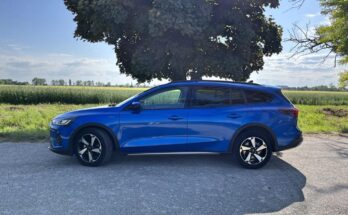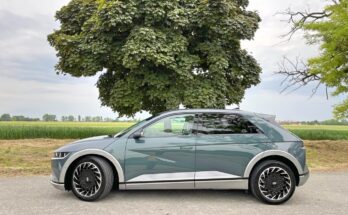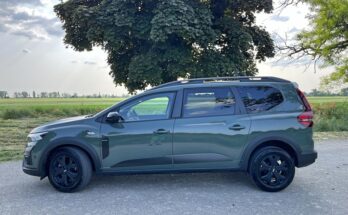Less than two tens of millions of units sold, eight generations and fifty years of production, this is a modest presentation of the Toyota Hilux, my editorial car of the past week.
I will not hide that I simply enjoy testing cars of this category. The segment of family pickups is also very popular lately, I suppose mainly because of their tremendous multi-purpose. In addition, I also value a great deal of honesty, fortitude, and the usual set-up of engines with a reasonable volume. And the tested Toyota Hilux also had these aforementioned attributes.

The tested Hilux offered the highest equipment, which was reflected in its external, rich appearance. In addition, this is a special anniversary edition, which is also marked by its orange coloring. In terms of expression, the front part gives the richest impression, it has large lights, a massive mask with chrome edging and interestingly negotiated parts around the fog lights. The side profile is also interesting, here the Hilux has a relatively significant overhang of the front part and, together with the front lights, gives the car a slightly predatory look. In addition, the tested piece was equipped with a rather elegant cover for the rear body, which has a prominent tear-off edge and thus only emphasizes the dynamics of the car. The chrome-plated ramp behind the cabin, or similarly designed steps, are worthy of praise, both are treated very tastefully and decently. The rear part has simplicity with an overlap into practicality. Its austerity is only enlivened here by relatively bulky chrome bumpers.
The overall fancy external appearance of the tested piece was peppered with a rather distinctive color and suitable eighteen-inch wheels. In the context of the competition, I rank its external appearance among the bolder ones, and that should be appreciated.
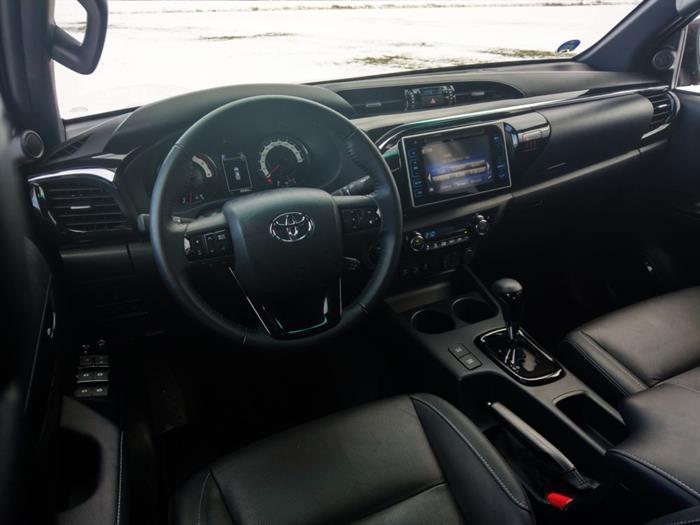
The interior of the Toyota will make you forget that you are primarily sitting in a work car. As soon as you get behind the wheel, you are surrounded by the interior of a classic passenger car. If I compare all the pick-ups I have tested over the last year, the Hilux is clearly the most pleasant in terms of interior. Only the plastics from which the dashboard is made will freeze, unfortunately they are quite hard to the touch. The dashboard is then dominated by the on-board infotainment display, which is controlled directly on the display or from the multifunction steering wheel. There are heated front seats and automatic air conditioning. The five-digit specification of the Double-cab seems to satisfy the user, nothing is missing.
A classic body or a covered storage space, here everyone can choose how they want to use this part of the car. The loading area itself then offers dimensions of 1525 x 1540 mm and a load capacity of one ton.
The test car was powered by a turbocharged diesel four-cylinder with a reasonable and honest 2.4 liter capacity and 110 kW. This engine handles classic, urban and extra-urban traffic with ease. In operation, the Hilux therefore belongs not only to the larger ones, but also to the more nimble ones. It is a question of what will happen when you load its loading area to the limit, or when you hook up a trailer and go to Holland for some youngtimer. However, the torque value of 400Nm is not bad at all, so let's not assume any black scenarios. I would praise the engine for its refined sound, immediate reaction to the gas pedal and good cooperation with the six-speed automatic. The sound insulation of the cabin is also at a good level, you will appreciate this not only at highway speeds, with which the Hilux does not have the slightest problem. Consumption is then proportional to your driving style, the Hilux has both a selector for economical driving and for sharper driving. I mostly drove in the classic mode with a consumption of around 11 liters.
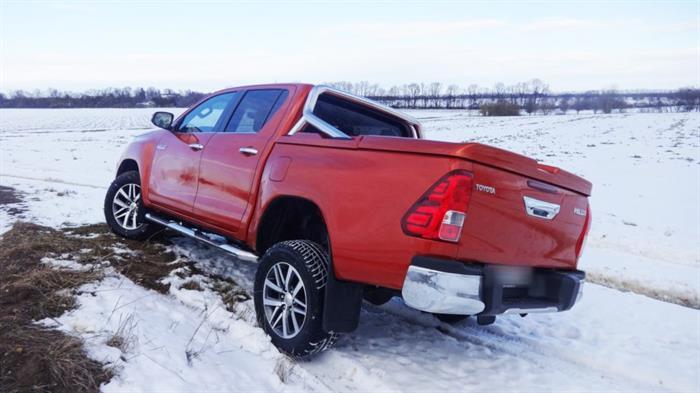
In terms of chassis, the Hilux stands on a classic ladder frame. The rear axle is equipped with leaf springs, so the back of the car tends to bounce a little at times. The competition, which also offers classic rear axle suspension in this segment, will offer significantly better ride comfort in this regard.
The car is primarily driven by the rear axle, which will definitely bring a lot of smiles to your face with stabilization off and a snowy dirt road. You can also connect the front axle with the classic circular control, activate the reduction gear in the next position, and there is also a control for locking the rear differential or an assistant for driving downhill. In other words, basic classic off-road equipment that works great.
Toyota Hilux belongs to one of the founders of this segment. The current popularity of this category of cars may result in their slight "softening". Toyota Hilux, however, has not "softened" even in the eighth generation and continues to hold its position. It is still a good tool for those who are simply not afraid of work.
The Hilux can be purchased for a reasonable 711,480 CZK including VAT (588,000 CZK without VAT), here it is a basic two-seater Single Cab version with a six-speed manual gearbox. Tested Double Cab with Executive equipment and six-speed automatic, then you can buy from 1,061,170 CZK including VAT (877,000 CZK without VAT).
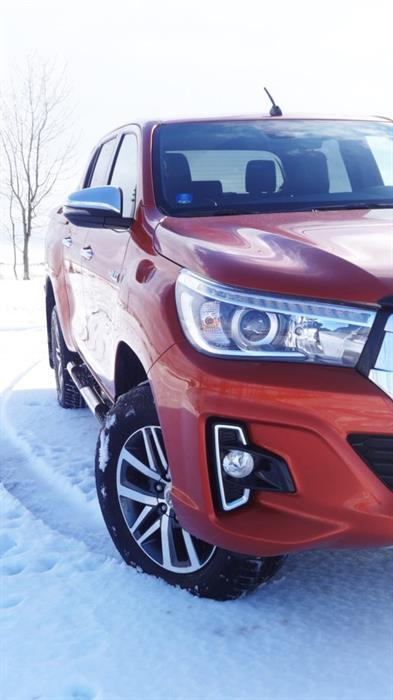
I personally thoroughly enjoyed the Toyota Hilux test. In cars of this category, you simply appreciate their clear readability and the offered multi-purpose, accompanied by a large interior space, a large storage space and an engine that usually has a reasonable volume.






























